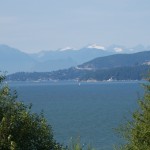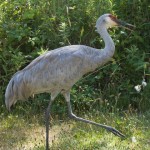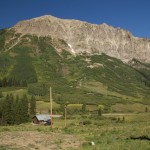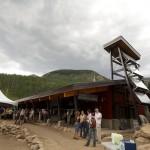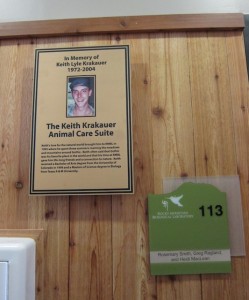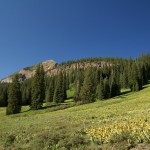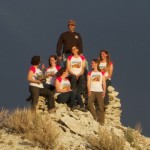 I’ve started posting the job advertisement for our field crew for the 2013 sage-grouse season. We’re looking for 4-5 experienced, motivated, easy-to-live-with assistants to help with our research next season. It should be a fun year- we will hopefully have some encounternet tags to test (next-gen telemetry tags with gps and accelerometers made by our collaborator John Burt), and also likely have multi-robot behavior experiments on the docket.
I’ve started posting the job advertisement for our field crew for the 2013 sage-grouse season. We’re looking for 4-5 experienced, motivated, easy-to-live-with assistants to help with our research next season. It should be a fun year- we will hopefully have some encounternet tags to test (next-gen telemetry tags with gps and accelerometers made by our collaborator John Burt), and also likely have multi-robot behavior experiments on the docket.
I’m posting it in the “normal” places (Texas A&M Widlife Job Board, OSNA Job board, Society for Conservation Biology, and Animal Behavior Society- stay tuned for this as they are apparently having problems with their board). There’s a new forum-type board for bird jobs on the Ornithology Exchange- I may try that as well, although it looks fairly redundant with the OSNA job board (at least for our purposes- unfortunately we can only take US citizens or legal residents and the Ornithology Exchange features a lot of international societies).
Here’s the ad!
FIELD ASSISTANTS (4-5) needed approximately March 3 – May 5 for investigations of the behavior and ecology of Greater Sage-Grouse near Lander, Wyoming and the scenic Wind River Range. The projects are part of a larger effort in Prof. Gail Patricelli’s lab at UC Davis to understand how sexual selection and environmental acoustics shape sage-grouse display behaviors- see the following websites for more information (http://www.eve.ucdavis.edu/gpatricelli/) and (http://www.alankrakauer.org). Assistants will use video and audio recording technology to support an NSF-funded study of courtship dynamics and display plasticity on the lek. Duties include maintaining camera and acoustic monitoring equipment, observation of basic courtship behavior and lek counts, GPS surveying, habitat characterization, assisting in the capture of adult sage-grouse, data entry, and some computer and video analysis. Assistants must be flexible in their needs and comfortable living and working in close quarters in a remote field station, and able to work in adverse field conditions (mainly MUD and COLD). Work will be daily and primarily early in the morning, with afternoon and night work required as well. Applicants must have a valid driver’s license, basic computer skills, and have participated in at least one field biology project in the past. Wilderness First Aid or First Responder, and previous experience/certification with off-road driving and/or ATV’s is preferred but not required. Must be able to show proof of United States employment eligibility. Assistants will receive a total stipend of $1200 plus room and board, but need to provide their own transportation to Lander and their own personal gear. Please send a cover letter, resume, and contact info for two (2) references to: Alan Krakauer, Department of Evolution and Ecology, University of California Davis, One Shields Avenue, 2320 Storer Hall, Davis, CA 95616, or preferably by email to ahkrakauer [at] ucdavis.edu. The positions will remain open until filled, and review of applications will begin immediately.
I’ve been pretty busy with teaching over the past month, but hope to have some more research-related updates soon.

